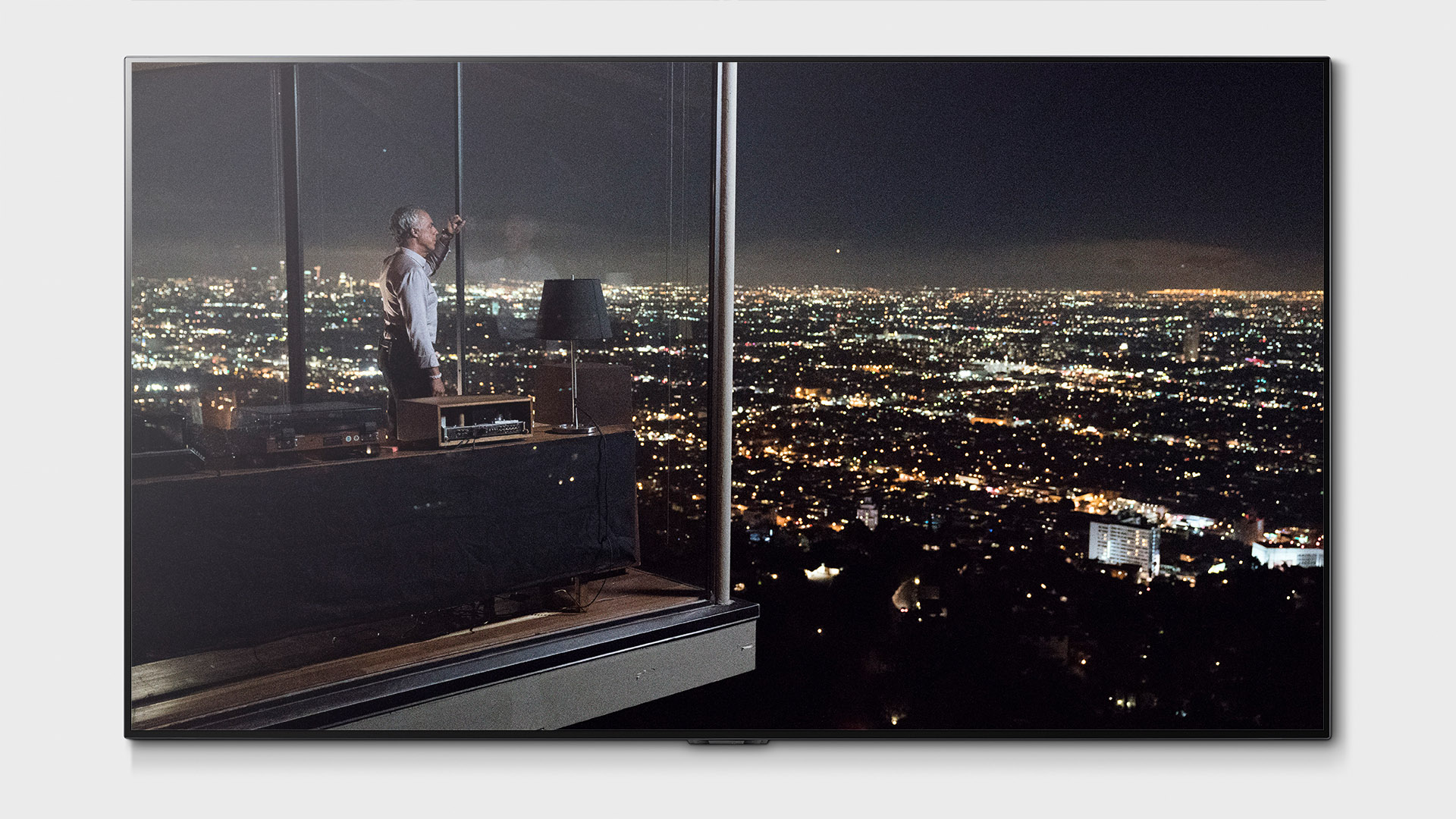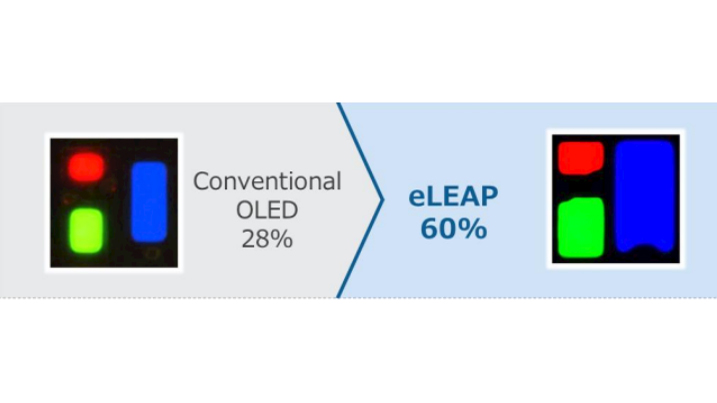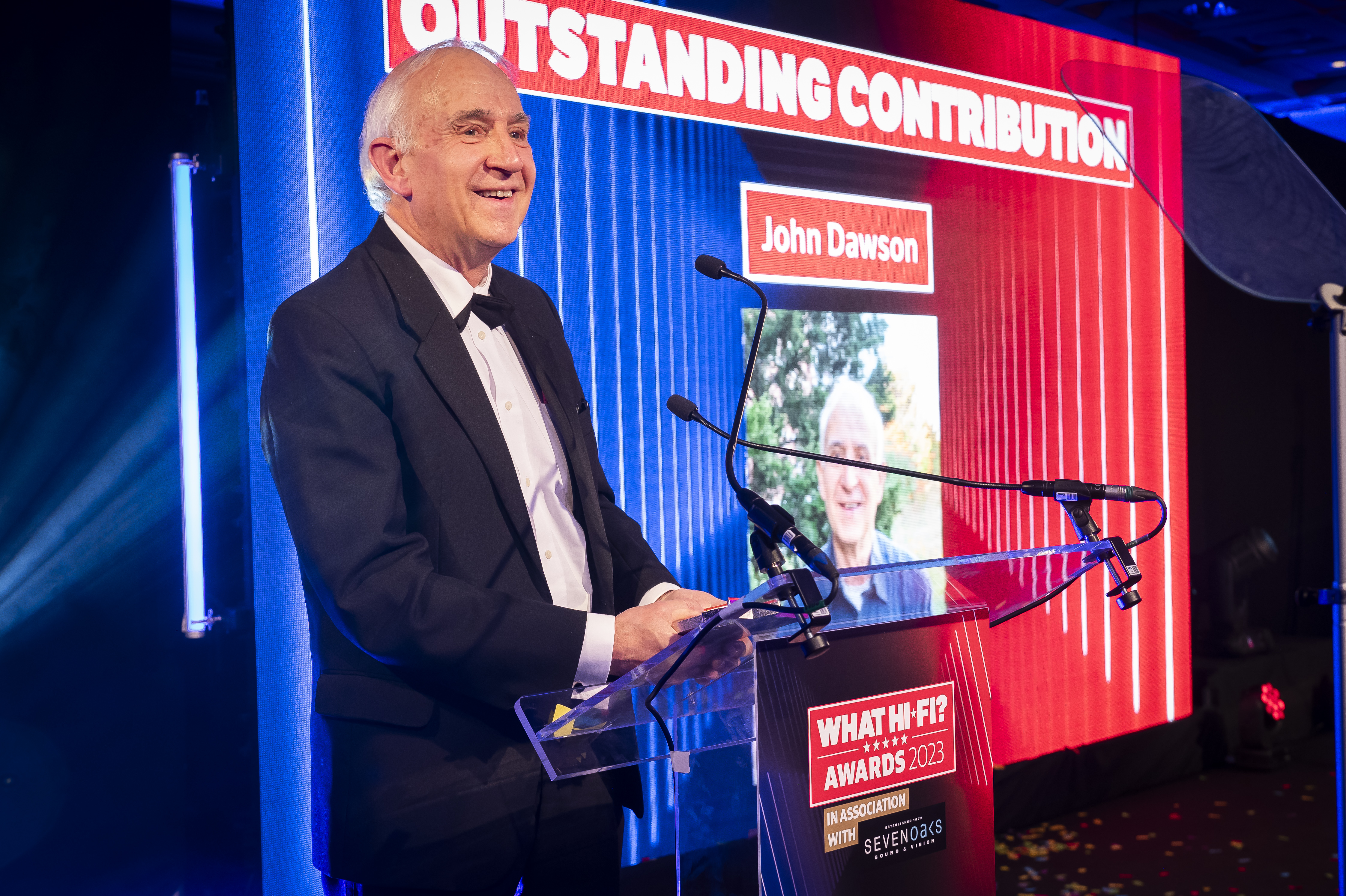Future OLED TVs could be twice as bright, three times longer-lasting, and more energy-efficient
A historic breakthrough in display technology?

Display manufacturer Japan Display has revealed that it is developing a new technology for the production of OLEDs that it says provides three times the lifespan and twice the brightness of those currently made by LG Display.
Known as eLEAP, the technology uses a wider aperture ratio than conventional OLED displays by maximising the space each pixel occupies to produce light. Japan Display says that traditional OLEDs have an aperture ratio of 28%, but eLEAP increases that to 60%. Increasing the size of the aperture for each pixel will boost brightness levels without the need to draw more power.
The benefits of the eLEAP are summed up in its name which the company says stands for: environment positive, Lithography with maskless deposition, Extreme long life, low power, high luminance and Any shape Patterning. A useful, if slightly tenuous, acronym, then.

OLED displays have long been popular with consumers thanks to their natural, vibrant colours and deep black levels. Unlike traditional LCD TVs, which rely on a separate backlight passed through a layer of pixels, each pixel in an OLED can take care of both brightness and image creation. Because each pixel is its own light source and can be completely blacked out if need be, a bright pixel can appear next to one that’s black with neither impacting the other, creating the exceptional overall contrast for which OLEDs are rightly renowned.
The downside to OLED TVs is that they struggle to reach the same peak brightness as even an average backlit model, as each pixel is limited by its size in the amount of light it can produce. Manufacturers have tried to overcome this by adding a white subpixel to increase brightness levels, but as the organic material in OLEDs is not permanently stable, its lifespan decreases at an inverse rate to the amount of brightness it is made to produce. So pushing the white sub-pixel to improve brightness uses more energy and could also shorten your TV's life expectancy.
By creating a more efficient means to increase brightness levels, Japan Display says eLEAP will extend the lifespan of OLED displays threefold, and producing less heat should reduce the chances of burn-in or image retention. Although burn-in isn't a consistent, widespread problem, it's still a concern for buyers looking to invest in a TV that they hope will last several years, and companies take it seriously enough to build in features to reduce the risk of it happening.
The latest hi-fi, home cinema and tech news, reviews, buying advice and deals, direct to your inbox.

Japan Display says that the advantages of a higher aperture ratio, higher peak luminance, higher resolution and low power consumption can be achieved while maintaining the characteristic thinness, lightweight, high contrast and fast response of OLED TV panels. The company expects that many of the benefits will be applicable across various applications, including TVs, tablets, cars and smartphones; however, it predicts that wearables and VR headsets gain the most in performance.
Fortunately, it looks as though we won't have to wait very long to see eLEAP for ourselves. Japan Display says that eLEAP will work with current 8th Generation OLED display manufacturing facilities and is in talks to begin sample production of screens by the end of 2022. The company says it has already received significant customer interest and anticipates supplying the technology to other display makers.
While you may be more familiar with big panel players such as LG Display and Samsung Display, Japan Display was a significant screen supplier for Apple's iPhone and iWatches. The company was formed by the merger of the LCD subsidiaries of Sony Toshiba and Hitachi in 2011 and was a major supplier of Apple iPhone screens. However, a shift to greater demand for OLED displays on handheld devices and Japan Display's relatively late pivot to the technology resulted in a turbulent few years and a $920 million bailout in 2020.
MORE
These are the best OLED TVs available right now
QD-OLED: Everything you need to know about the game-changing TV tech
OLED burn-in: should you be worried about it? And how can you prevent it?
Mary is a staff writer at What Hi-Fi? and has over a decade of experience working as a sound engineer mixing live events, music and theatre. Her mixing credits include productions at The National Theatre and in the West End, as well as original musicals composed by Mark Knopfler, Tori Amos, Guy Chambers, Howard Goodall and Dan Gillespie Sells.
